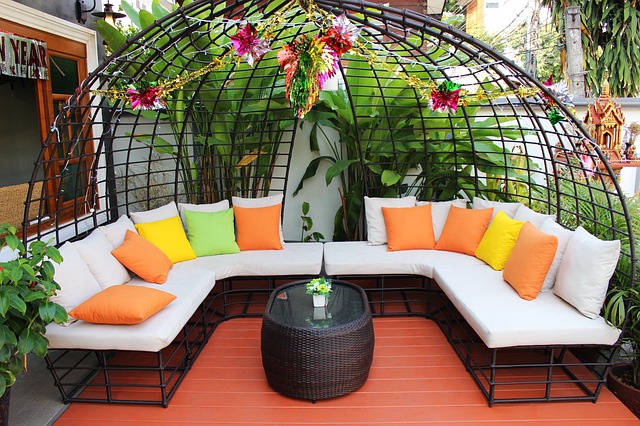Introduction
When it comes to keeping our mattresses clean and fresh, stains can be a common and frustrating issue. Whether it’s a spill, pet accident, or sweat stains, it’s essential to know how to effectively remove stains from your mattress. In this article, we will explore various methods and techniques to help you get stains out of your mattress and restore its cleanliness.
Identify the Stain
Before you begin the stain removal process, it’s important to identify the type of stain you’re dealing with. Different stains may require different cleaning methods. Here are some common types of stains and how to identify them:
1. Liquid Stains: These include spills from beverages, urine, or other liquids. They often leave a visible mark and may cause discoloration or odor.
2. Blood Stains: Blood stains are usually dark red or brown in color and can be caused by accidents or nosebleeds.
3. Sweat Stains: Sweat stains are typically yellowish and can be accompanied by an unpleasant odor.
4. Stains from Body Fluids: These stains can include saliva, vomit, or other bodily fluids. They may have a distinct smell and can be challenging to remove.
General Stain Removal Steps
Regardless of the type of stain, there are some general steps you can follow to remove stains from your mattress:
1. Act quickly: The sooner you address the stain, the better chance you have of removing it completely.
2. Blot, don’t rub: Gently blot the stain with a clean cloth or paper towel to absorb as much liquid as possible. Avoid rubbing the stain, as it may spread or push it deeper into the mattress.
3. Use a cleaning solution: Depending on the type of stain, you can create a suitable cleaning solution. For liquid stains, a mixture of mild detergent and water can work well. For blood stains, use cold water to prevent setting the stain.
4. Test the solution: Before applying the cleaning solution to the entire stain, test it on a small, inconspicuous area of the mattress to ensure it doesn’t cause any discoloration or damage.
5. Apply the solution: Gently apply the cleaning solution to the stain using a clean cloth or sponge. Work from the outside of the stain towards the center to prevent spreading.
6. Blot and rinse: After applying the solution, blot the stain again to lift the dirt and excess moisture. Rinse the area with clean water and blot dry.
Specific Stain Removal Techniques
Now, let’s explore some specific stain removal techniques for different types of stains:
1. Liquid Stains: For fresh liquid stains, start by blotting the area with a clean cloth to absorb as much liquid as possible. Then, mix a solution of mild detergent and water and apply it to the stain. Blot the area again to remove the stain and rinse with clean water. Finally, allow the mattress to dry thoroughly.
2. Blood Stains: As mentioned earlier, use cold water to prevent setting the stain. Blot the stain with a cloth soaked in cold water and mild detergent solution. Continue blotting until the stain is removed, and rinse with cold water. Make sure the mattress is completely dry before using it again.
3. Sweat Stains: To remove sweat stains, create a paste using equal parts hydrogen peroxide and baking soda. Apply the paste to the stain and gently rub it in. Let it sit for about 30 minutes, then wipe off the paste with a clean cloth. Rinse the area with water and blot dry.
4. Stains from Body Fluids: For stains caused by body fluids, start by blotting the area with a cloth soaked in cold water. Then, apply a mixture of enzyme-based cleaner and water to the stain. Follow the instructions on the cleaner’s packaging and allow it to sit for the recommended time. Blot the area again to remove the stain and rinse with water. Dry the mattress thoroughly.
Conclusion
Stains on your mattress can be unsightly and unhygienic, but with the right techniques, they can be effectively removed. Remember to act quickly, identify the stain, and use the appropriate cleaning solution. By following the steps outlined in this article, you can restore the cleanliness of your mattress and enjoy a fresh and comfortable sleep surface.
References
– www.thespruce.com
– www.cleanipedia.com
– www.goodhousekeeping.com












